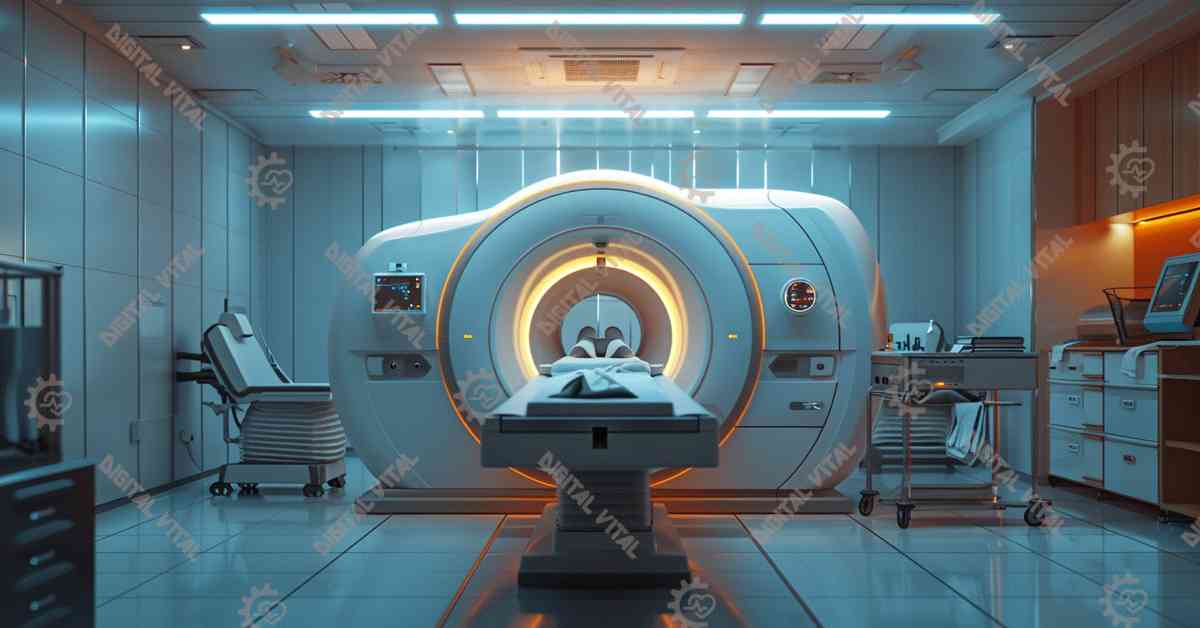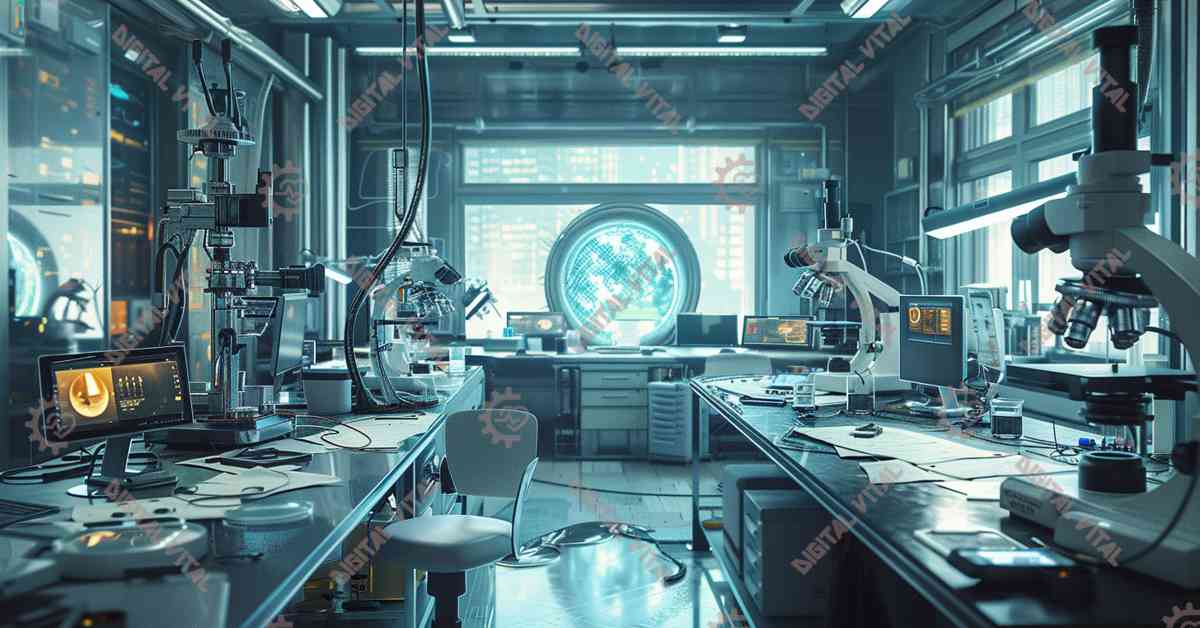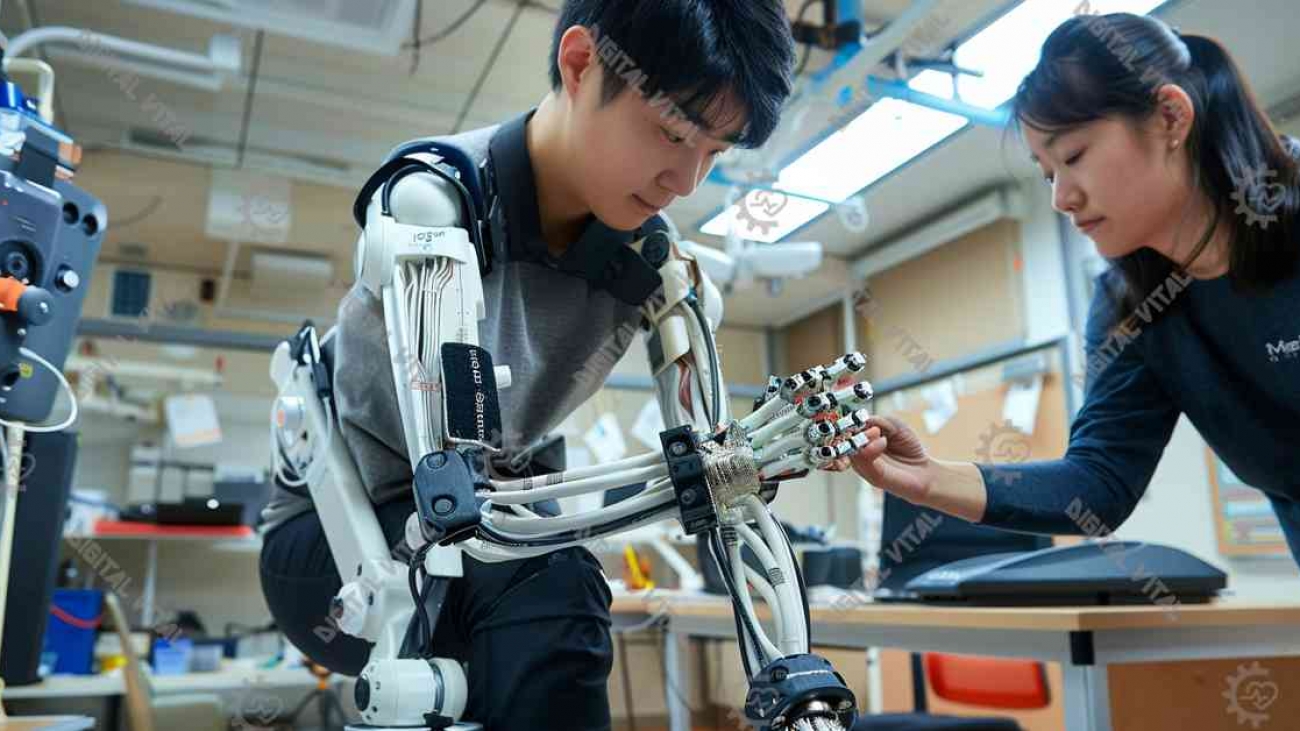Biomedical engineering is a multidisciplinary field that merges principles from engineering, biology, and medicine to develop technologies and devices that improve healthcare outcomes. This extensive article explores the history, key areas of research, applications, and future directions of biomedical engineering, supported by a thorough review of relevant literature.
Keywords: biomedical engineering, medical technology, bioengineering, healthcare innovation, biomedical devices, tissue engineering, medical imaging, biomechanics
Table of Contents
Introduction to Biomedical Engineering
Biomedical engineering, often referred to as bioengineering, is an interdisciplinary field that applies engineering principles to solve problems in biology and medicine. The primary goal is to enhance the quality of human health and healthcare through technological advancements. This field encompasses a broad range of sub-disciplines, including biomaterials, biomechanics, medical imaging, and tissue engineering.
The origins of biomedical engineering can be traced back to ancient civilizations where rudimentary prosthetics and surgical tools were developed. However, the modern field began to take shape in the mid-20th century with the advent of more sophisticated medical devices and diagnostic equipment. Early developments include the use of medical tools in ancient Egypt and Greece, such as trepanation tools for skull surgeries. The invention of the stethoscope by René Laennec in 1816 marked a significant milestone in medical diagnostics. The 20th century saw rapid advancements with the development of X-ray machines, pacemakers, and dialysis machines. The establishment of formal biomedical engineering programs in universities further propelled the field into what we recognize today.
Biomedical engineering is inherently interdisciplinary, requiring knowledge from various fields. Engineering principles such as mechanics, electronics, materials science, and computer science play a crucial role. Simultaneously, an understanding of biological sciences, including physiology, biochemistry, molecular biology, and genetics, is essential. Medical knowledge, covering areas like anatomy, pathology, clinical practices, and patient care, rounds out the expertise required in this field.
Key Areas of Research in Biomedical Engineering
Biomedical engineering research is diverse, addressing a wide range of healthcare challenges. One significant area of research is biomaterials, which involves developing materials that interact with biological systems for medical purposes, such as implants, prosthetics, and tissue scaffolds. Ensuring that these materials are biocompatible, durable, and capable of integrating with the body’s tissues is paramount. For instance, joint replacements like hip and knee implants, dental implants, and heart valves must seamlessly integrate with human tissues. According to Ratner et al. (2004) (link, the development of biomaterials involves a deep understanding of material science and cellular biology.
Another critical area is tissue engineering, which involves creating artificial tissues and organs through the combination of cells, scaffolds, and growth factors. This field aims to develop functional replacements for damaged or diseased tissues. Research focuses on creating 3D structures that provide a framework for cell attachment and tissue development. Stem cells are utilized for their ability to differentiate into various cell types, while growth factors regulate cell proliferation and differentiation. Langer and Vacanti (1993) (link) highlighted the potential of tissue engineering to revolutionize regenerative medicine by creating tissues that can repair or replace damaged organs.

Medical imaging is another cornerstone of biomedical engineering, encompassing techniques for visualizing the internal structures of the body to diagnose and monitor diseases. Key imaging modalities include X-ray, MRI, CT, ultrasound, and PET. X-ray imaging uses ionizing radiation to create images of bones and internal organs, while MRI uses magnetic fields and radio waves to produce detailed images of soft tissues. CT scans combine X-ray images taken from different angles to create cross-sectional views of the body, and ultrasound uses high-frequency sound waves to produce images of internal structures. PET scans detect radioactive tracers to visualize metabolic processes. Advancements in imaging technology have significantly improved the accuracy and effectiveness of medical diagnostics, as discussed by Bushberg et al. (2011) (link).
Biomechanics applies principles of mechanics to understand the movement and function of biological systems. This area of research is crucial for designing prosthetics, orthotics, and rehabilitation devices. Gait analysis studies human walking patterns to diagnose and treat mobility disorders, while prosthetic design focuses on developing artificial limbs that mimic the function of natural limbs. Orthopedic implants support or replace damaged bones and joints. Winter (2009) (link) provided a comprehensive overview of biomechanics, emphasizing its importance in understanding human motion and developing assistive devices.
Biomedical signal processing involves the analysis and interpretation of physiological signals, such as ECG, EEG, and EMG. ECG monitors the electrical activity of the heart to diagnose arrhythmias and other cardiac conditions. EEG measures electrical activity in the brain to diagnose epilepsy and other neurological disorders. EMG records the electrical activity of muscles to diagnose neuromuscular conditions. Rangayyan (2002) (link) discussed the techniques and applications of biomedical signal analysis, highlighting its role in clinical diagnostics.
Neural engineering focuses on interfacing with the nervous system to develop technologies for treating neurological disorders and enhancing neural function. Brain-computer interfaces (BCIs) enable direct communication between the brain and external devices, while neuroprosthetics replace or enhance neural function, such as cochlear implants for hearing loss. Neurostimulation techniques like deep brain stimulation (DBS) treat conditions like Parkinson’s disease. He and Wu (2010) (link) noted that neural engineering has the potential to transform the treatment of neurological disorders through innovative technologies.
Applications of Biomedical Engineering
Biomedical engineering has significantly impacted healthcare through various applications. One of the most visible contributions is in the development of medical devices. Biomedical engineers design and develop a wide range of medical devices that aid in diagnosis, treatment, and monitoring of health conditions. These include diagnostic devices like MRI machines, CT scanners, and blood glucose monitors; therapeutic devices such as pacemakers, insulin pumps, and dialysis machines; and monitoring devices like wearable health monitors, vital sign monitors, and telemedicine tools. Bronzino (2006) (link) emphasized that the development of medical devices requires a multidisciplinary approach, combining engineering, biology, and clinical knowledge.
Prosthetics and orthotics are another crucial application area, designed to replace or support missing or impaired limbs and body parts. Prosthetics include artificial limbs for amputees, such as advanced myoelectric prosthetics that respond to muscle signals. Orthotics, on the other hand, include devices like braces and splints that support, align, or improve the function of body parts. Advancements in materials and control systems have significantly improved the functionality and comfort of prosthetic and orthotic devices, as noted by Atkins et al. (2008) (link).
Rehabilitation engineering focuses on developing technologies that assist individuals in recovering from injuries and improving their quality of life. This includes assistive technologies that aid in mobility, communication, and daily activities for individuals with disabilities. Robotic rehabilitation involves robots that assist in physical therapy and rehabilitation exercises, while virtual reality (VR) systems provide immersive environments for therapy. Reinkensmeyer and Dietz (2016) (link) discussed the role of rehabilitation engineering in improving outcomes for patients through innovative technologies.
Tissue and organ engineering aim to address the shortage of donor organs and improve transplantation outcomes by creating artificial tissues and organs. Biomedical engineers are working on the development of bioartificial organs like the artificial pancreas and liver, as well as tissue scaffolds that promote tissue regeneration and integration with the body. The use of 3D printing technology to create tissue structures with precise control over cell placement is another promising area. Atala et al. (2012) (link) highlighted the advancements in tissue engineering and regenerative medicine, emphasizing the potential for creating functional tissues and organs.
Medical imaging and diagnostics have been revolutionized by advanced imaging technologies developed by biomedical engineers. These technologies include MRI and CT scans, which provide detailed images of internal structures for accurate diagnosis; ultrasound for non-invasive imaging to monitor fetal development and diagnose conditions; and molecular imaging techniques like PET scans for visualizing molecular and cellular processes in the body. James and Gambhir (2012) (link) discussed the impact of molecular imaging on personalized medicine, enabling targeted diagnostics and treatment.

Future Directions in Biomedical Engineering
The field of biomedical engineering is continually evolving, with new technologies and methodologies emerging. Personalized medicine involves tailoring medical treatments to individual patients based on their genetic, environmental, and lifestyle factors. Biomedical engineering plays a critical role in developing technologies that enable personalized healthcare, such as genomics for analyzing genetic information, biomarkers for early detection and monitoring of diseases, and targeted therapies for specific molecular pathways in patients. Hamburg and Collins (2010) (link) emphasized the importance of personalized medicine in improving healthcare outcomes through tailored treatments.
Advancements in imaging technologies continue to enhance the ability to diagnose and treat medical conditions. Hybrid imaging combines multiple imaging modalities, such as PET/CT and PET/MRI, for comprehensive diagnostics. Functional imaging techniques visualize
physiological processes, such as functional MRI (fMRI) for brain activity, while optical imaging uses light for non-invasive imaging, such as optical coherence tomography (OCT) for eye examinations. Pichler et al. (2008) (link) discussed the benefits of hybrid imaging techniques in providing detailed anatomical and functional information.
Regenerative medicine aims to restore or replace damaged tissues and organs through advanced therapies. This includes stem cell therapy for regenerating damaged tissues and treating conditions like spinal cord injuries, gene editing techniques like CRISPR-Cas9 for correcting genetic defects and treating genetic disorders, and the development of fully functional bioartificial organs for transplantation. Mason and Dunnill (2008) (link) explored the potential of regenerative medicine to transform healthcare by enabling the regeneration of damaged tissues.
Wearable health technologies are becoming increasingly important for continuous health monitoring and disease management. These technologies include fitness trackers that monitor physical activity, heart rate, and sleep patterns; medical wearables that monitor vital signs, glucose levels, and other health parameters; and smart clothing embedded with sensors to monitor physiological parameters. Piwek et al. (2016) (link) highlighted the impact of wearable health technologies on health monitoring and personalized healthcare.
Artificial intelligence (AI) and machine learning (ML) are revolutionizing biomedical engineering by enabling the analysis of complex data and the development of intelligent systems. Applications include predictive analytics for predicting disease outcomes and treatment responses, AI-powered diagnostic tools for image analysis and diagnostics, and AI-driven robots for surgery, rehabilitation, and patient care. Topol (2019) (link) discussed the transformative potential of AI in healthcare, emphasizing its role in improving diagnostics and patient outcomes.

Conclusion
Biomedical engineering is a dynamic and interdisciplinary field that has significantly advanced healthcare through innovative technologies and devices. From biomaterials and tissue engineering to medical imaging and AI, biomedical engineers are at the forefront of developing solutions that improve health outcomes and enhance the quality of life. The field continues to evolve, with new technologies and methodologies emerging that promise to further revolutionize healthcare.
For small businesses, employees, job seekers, and students interested in exploring the potential of biomedical engineering, DigitalVital offers comprehensive services to help you navigate and succeed in this evolving landscape. Whether you need a CV review, publishing support, or specialized further education, we are here to assist you.
Visit DigitalVital Hub to learn more about our consultancy services, and stay ahead of the curve by integrating the latest advancements in biomedical engineering into your professional toolkit. Explore other articles on our platform to stay updated on the latest trends and insights in biomedical engineering and related fields.

